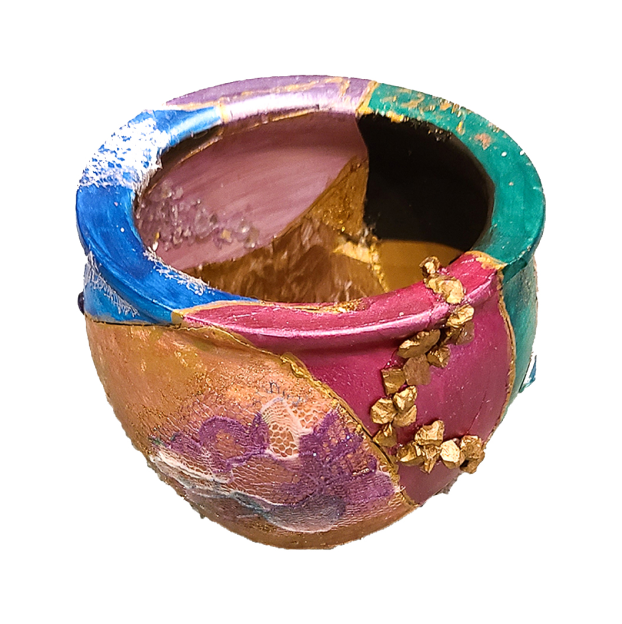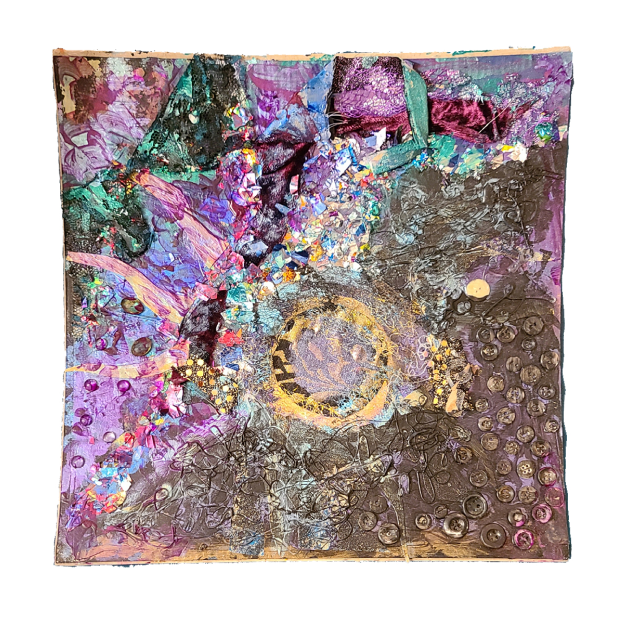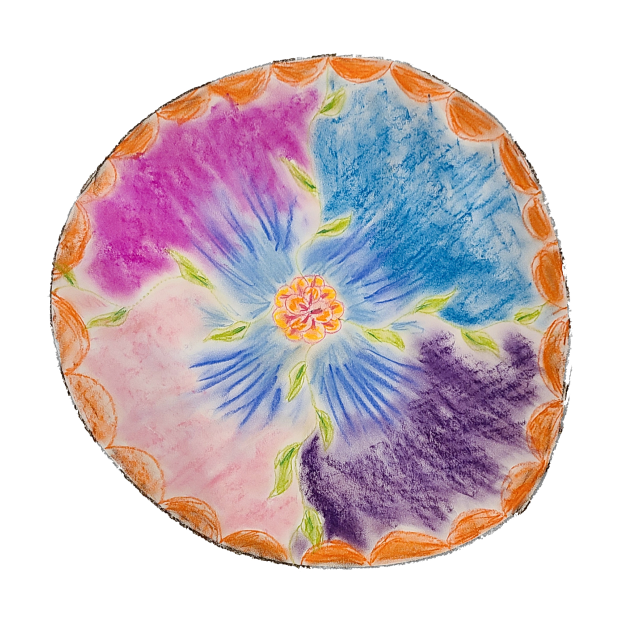Art Therapy
The foundation of art therapy as a therapeutic modality is the use of art as a means of symbolic expression of thoughts and emotions.
There is a universal truth in the phrase “one picture is worth a thousand words.” The use of imagery for purposes of expression has been used by humankind for thousands of years. Individuals need not have artistic skills to express themselves via the artwork. In fact, imagery is often the very first language used by people in cultures throughout the world.
What are the benefits of Art Therapy?
- Working with various art materials promotes change and encourages healthy decision making using the creative process.
- The creative process allows for an opportunity to bridge the gap between thoughts and feelings, inner and outer worlds.
- Art making can help bring order to confusion and can make treatment issues more manageable by expressing them in a tangible form.
- These tangible images and symbols can then be shared with an art therapist trained in understanding visual clues.

Client activity examples:
The images bellow illustrate examples of imagery which might be created during an art therapy session. Clients have the opportunity to explore a variety of traditional and non-traditional art materials during the art making process.


This information as well as the very process by which the artwork is created can serve as powerful tools in assessment and developing treatment goals and objectives. When clients work with an art therapist during individual, group, or family sessions, they can gain insight about their inner worlds and their relationship to the world in which they live.
The language of imagery used in the therapeutic process offers both the client and therapist an alternative means of communication and valuable tools to build a path toward healing and well-being.